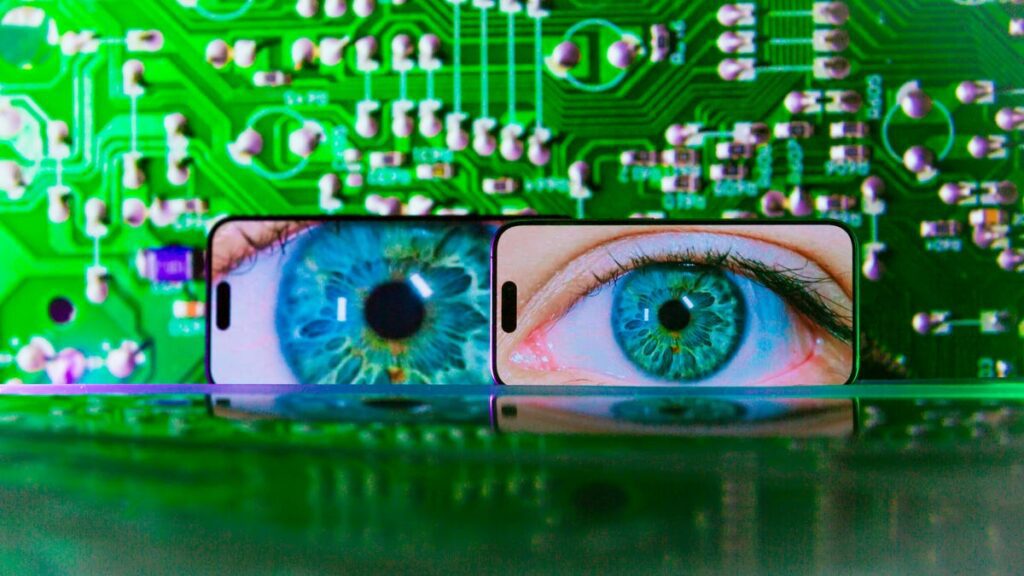Navigating the Digital Mirage: Trusting What We See Online
Have you ever found yourself questioning whether what you’re seeing online is genuine? With the rise of generative AI tools and deepfake technology, distinguishing real content from the fabricated has become increasingly challenging. What once were niche parodies targeting celebrities have evolved into a widespread issue affecting our daily digital interactions.
As we navigate this new landscape, there’s a pressing need for proof—evidence that the images, videos, and audio we encounter are authentic. Thankfully, tech companies are stepping up to tackle this challenge head-on. Prominent players in the digital content space, including Nikon and Adobe, are rallying behind a standard known as C2PA, which aims to watermark content and confirm its provenance.
Truepic: A Pioneer in Authenticity
One notable company leading this charge is Truepic, based in sunny San Diego. Truepic has developed tamper-proof watermarking technology that ensures the verification of digital media. In partnership with Qualcomm, Truepic is working diligently to integrate its technology into smartphones powered by Snapdragon chips, allowing users to validate when and where their photos were taken.
This year, the collaboration is intensifying, with Qualcomm introducing its new Snapdragon 8 Elite chip. This upgrade will allow users not just to verify photos, but also to validate videos and audio. "We’re entering an age where AI is pervasive, and it’s vital that what we see aligns with reality," shares Judd Heape, Qualcomm’s VP of Product Management.
Importance of Provenance in a Digital Age
Did you know that 70% of AI developments are being applied to images? This statistic emphasizes the growing need for verifiable content as artificial intelligence infiltrates our visual world. Heape explains, "Knowing where an image or video originates, and whether it’s been altered or not, is more important than ever."
Truepic’s technology was initially designed for professionals, such as journalists and insurance claims adjusters. Now, the business model is evolving to cater to everyday smartphone users, recognizing that most content today comes from mobile devices rather than professional cameras. "Embedding this capability into the hardware of phones enhances security, ensuring it can’t just be tampered with," says Heape.
Future Outlook: Enhanced Transparency
While phone manufacturers still have the discretion to use Truepic’s capabilities on the Snapdragon 8 Elite chip, early adopters are expected in 2025. "I believe we will witness a company stepping up to integrate this feature into their devices," Heape predicts.
Growing pressure from regulators and the increasing commitment of tech giants, including Meta and OpenAI, to the C2PA standard suggests that manufacturers will soon be compelled to take action. This may finally pave the way for users to verify the integrity of the content they encounter regularly. Picture scrolling through your social media feed in three years and spotting a logo that indicates the authenticity of an image—this is the hopeful vision Heape conveys.
A Call for Responsible Digital Engagement
In this landscape of misinformation, restoring a degree of trust in our online interactions is paramount. As more companies pool efforts to tackle the issue of digital authenticity, the future may hold clearer paths for discerning real content from AI-generated facsimiles.
As we embrace these technological advancements, we encourage readers to stay informed and engage thoughtfully with the digital world. The AI Buzz Hub team is excited to see where these breakthroughs take us. Want to stay in the loop on all things AI? Subscribe to our newsletter or share this article with your fellow enthusiasts!




